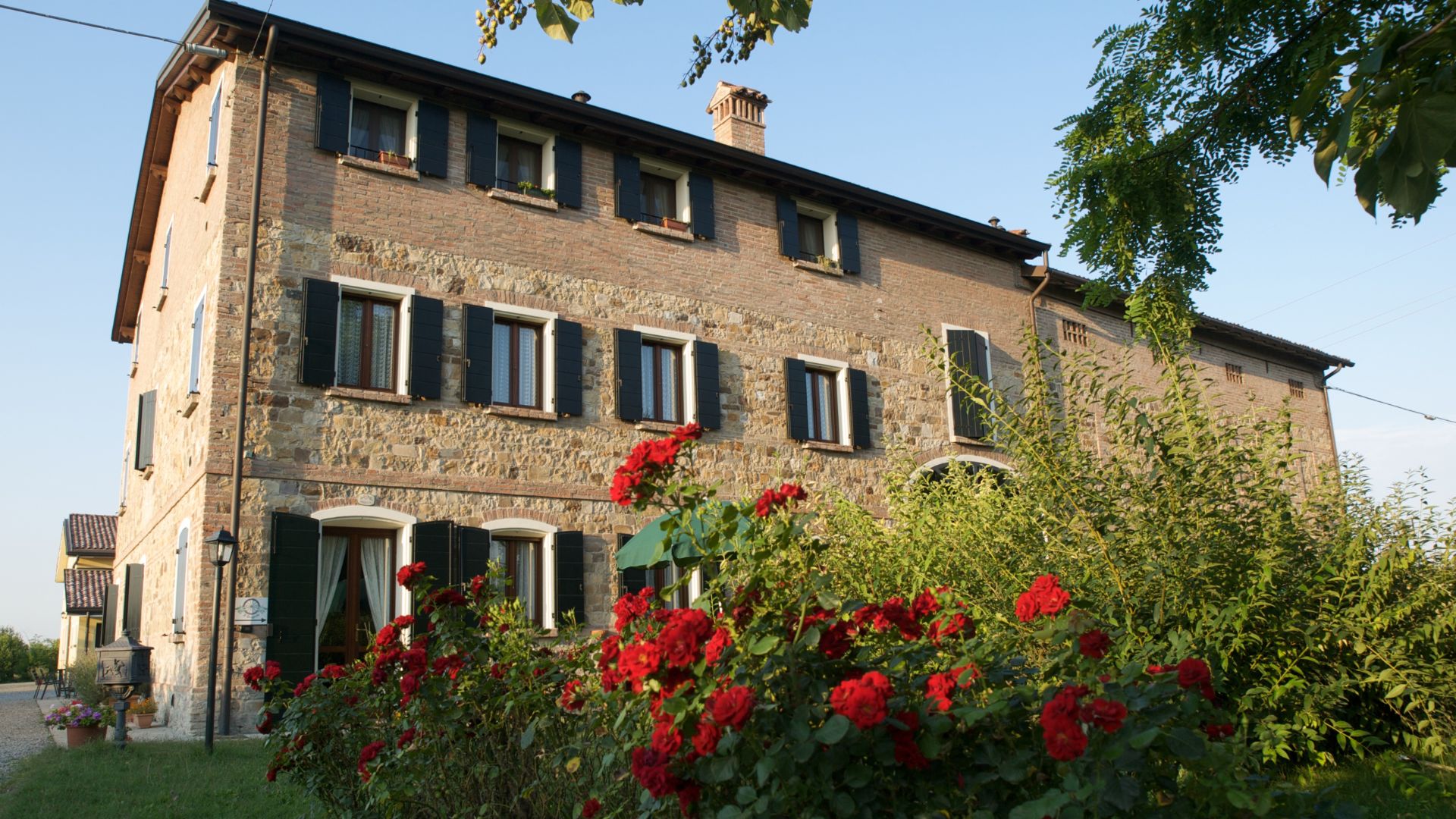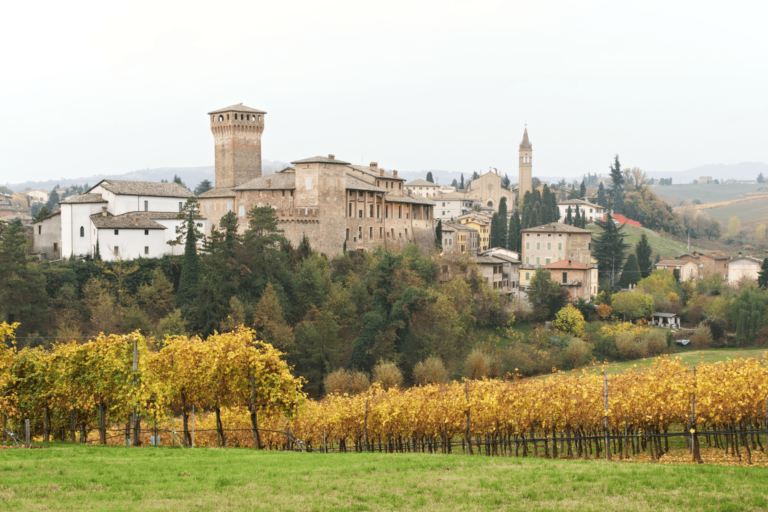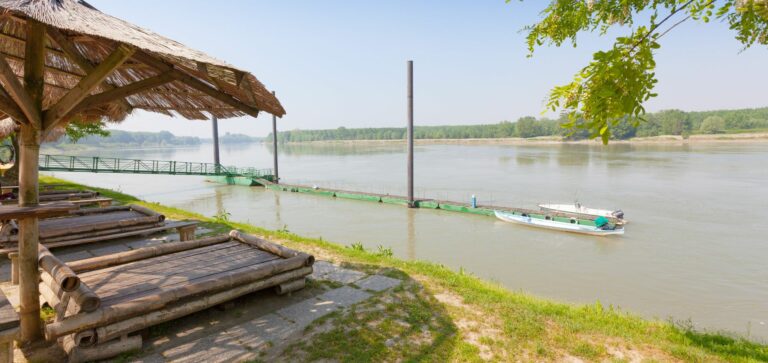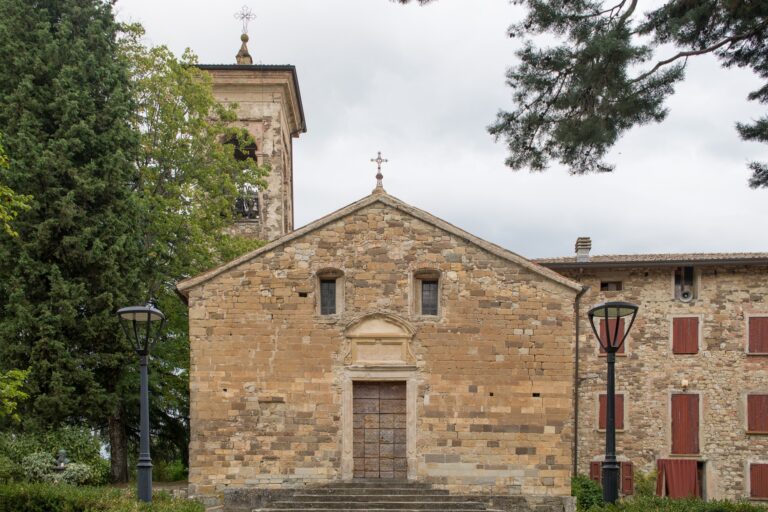Who said dragons and fantastic beasts only exist in fairy tales? A magical world is hidden in the castles, churches and museums between Reggio Emilia, Parma and Piacenza populated by dragons and winged griffins, sea horses, two-colored anthropomorphic dogs and mythical animals. The following itinerary leads to the discovery of these fantastic animals hidden in Emilian art and history.
REGGIO EMILIA
The itinerary could only start from the Lazzaro Spallanzani Collection in the Palazzo dei Musei dedicated to the famous naturalist born in Scandiano in 1729 and considered the “Galilei of biology”. The collection exhibits a brief compendium of the animal kingdom with a large number of specimens that are linked to the scientist’s research. Torpedoes, fish, insects and worms are just some of the guests of this small animal world. The collection also houses the “Cophanus concatenatus”, a member of an impossible species created through the union of animal and artificial parts. A Path of particular naturalistic interest is also dedicated to Spallanzani which crosses all the vegetation belts of the Reggio Apennines.
In Guastalla, every year in September, the “Lost Plants and Animals” exhibition is organized, dedicated to ancient species and endangered breeds such as the Giant’s Lupine Dog. An artist known for his bond with animals is Antonio Ligabue, a painter active in Gualtieri in particular between the first and second half of the 1900s, in whose works domestic and wild animals dominate. Not to be missed: the Antonio Ligabue House Museum in the municipality of Gualtieri, which traces the artist’s life through objects, documents, reproductions and authentic works; and the Ligabue Museum housed in Palazzo Bentivoglio also in Gualtieri, which collects various documents concerning the artist’s life.
PARMA
In Parma, animals are already the protagonists outside the Baptistery, where Benedetto Antelami’s elegant Zoophoros, between mysticism, legend, reality and faith, represents the eternal struggle between Good and Evil. It is a series of seventy-five panels in white and pink marble carved in bas-relief in which figures of animals, real and imaginary, are mainly described, including eagles, elephants, coots but above all imaginative creatures such as the seven-headed hydra, the sea dog and the basilisk.
In Scipione Castello in Salsomaggiore Terme, in the keep of the Castle of Scipione of the Marquises Pallavicino, one of the oldest medieval manors in the region, there are several works that represent mythological animals. The Salotto del Diavolo houses large frescoes that surprise two fauns in the act of stealing pears from a tree that symbolizes the wealth of the manor while in the Salotto Azzurro it is a Jupiter in animal guise who is guilty of the kidnapping of Ganymede.
The itinerary continues with a visit to the Rocca Sanvitale di Sala Baganza, the ancient hunting lodge of the Farnese and Bourbon dukes. The castle, thanks to the artists Ercole Procaccini and Cesare Baglioni, is a real allegorical collection full of fantastic creatures. Fire-breathing dragons and green and pink anthropomorphic dogs, harpies and dolphins ridden by female figures dominate the scene in the “cart of Neptune” in the Room of the Aeneid. Finally, still in the Parma area, the fifteenth-century Castello di Torrechiara on the hills near Langhirano is also worth a visit, the interior of which is full of rooms decorated with fantastic creatures from the animal and mythological kingdom.
PLEASURE
The first stop on the itinerary in Piacenza is the Civic Museum of Natural History housed in a pavilion of the former municipal slaughterhouse, which houses an extraordinary collection of birds based on the research of ornithologist Edoardo Imparati. Again in Piacenza, in the Pinacoteca di Palazzo Farnese mythology mixes with the art of portraiture. Among the works on display, Gaetano Gandolfi’s “Ulysses escapes Circe’s spell thanks to the help of Mercury” stands out, where Ulysses’ companions are represented when they are turning into pigs.
The next stop is the Pieve di San Giorgio in the suggestive medieval village of Vigoleno, considered one of the most important Romanesque buildings in the province of Piacenza. Of notable interest is the capital of the third column from the right, which shows the scene officially interpreted as the sin of lust with a double-tailed siren. Instead, in the Room named after Marcantonio Anguissola in the Castello di Gropparello Jupiter takes the form of an ox driven by criminal instincts towards beautiful Europe.

AGRITURISMO IL BRUGNOLO
Welcome to il Brugnolo
If you’re looking for completely independent apartments surrounded by greenery you really are in the right place here!
In fact, Brugnolo is immersed in the green nature of the Emilian countryside. For your relaxation, for that of your children, and again for the runs of your 4-legged friends, you will have 6000 square meters of park at your disposal!






